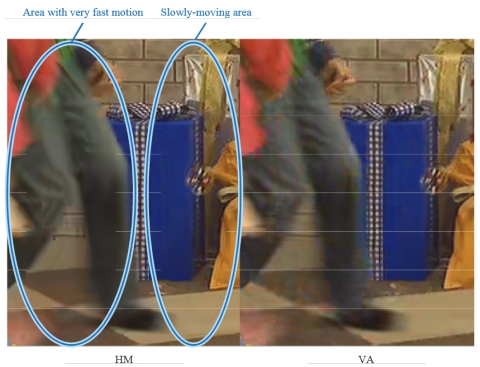TR2014-006
Temporal Perceptual Coding Using a Visual Acuity Model
-
- , "Temporal Perceptual Coding Using a Visual Acuity Model", IS&T / SPIE Symposium on Electronic Imaging, Bernice E. Rogowitz and Thrasyvoulos N. Pappas and Huib de Ridder, Eds., DOI: 10.1117/12.2043130, February 2014, vol. 9014.BibTeX TR2014-006 PDF
- @inproceedings{Adzic2014feb,
- author = {Adzic, V. and Cohen, R.A. and Vetro, A.},
- title = {{Temporal Perceptual Coding Using a Visual Acuity Model}},
- booktitle = {IS\&T / SPIE Symposium on Electronic Imaging},
- year = 2014,
- editor = {Bernice E. Rogowitz and Thrasyvoulos N. Pappas and Huib de Ridder},
- volume = 9014,
- edition = {Human Vision and Electronic Imaging XIX},
- month = feb,
- organization = {SPIE},
- doi = {10.1117/12.2043130},
- url = {https://www.merl.com/publications/TR2014-006}
- }
- , "Temporal Perceptual Coding Using a Visual Acuity Model", IS&T / SPIE Symposium on Electronic Imaging, Bernice E. Rogowitz and Thrasyvoulos N. Pappas and Huib de Ridder, Eds., DOI: 10.1117/12.2043130, February 2014, vol. 9014.
-
MERL Contact:
-
Research Area:
Digital Video

Abstract:
This paper describes research and results in which a visual acuity (VA) model of the human visual system (HVS) is used to reduce the bitrate of coded video sequences, by eliminating the need to signal transform coefficients when their corresponding frequencies will not be detected by the HVS. The VA model is integrated into the state of the art HEVC HM codec. Compared to the unmodified codec, up to 45% bitrate savings are achieved while maintaining the same subjective quality of the video sequences. Encoding times are reduced as well.
